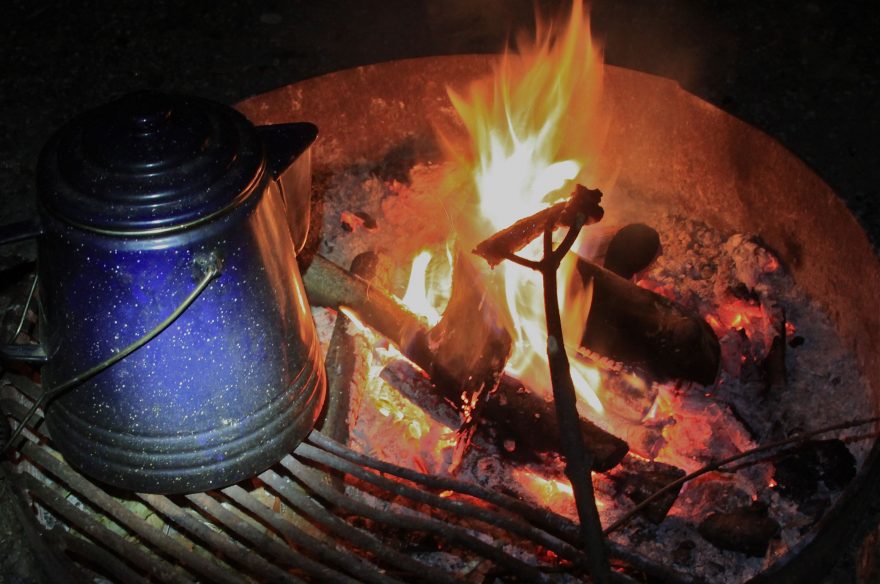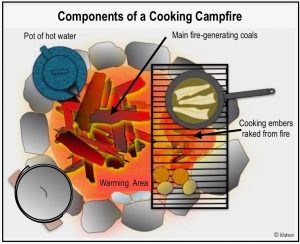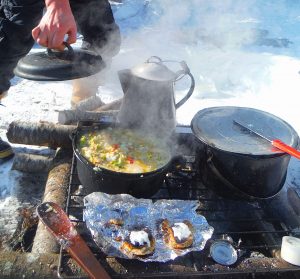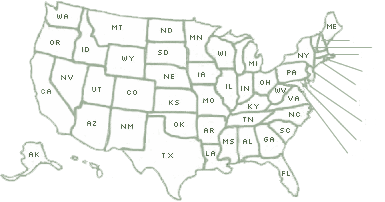
Camp cooking is so much more than holding a hot dog on a stick over the flames of your campfire. In fact, it takes very little effort to turn your fire ring into a multiple-use cooking station.
The key to campfire cooking is having a good bed of coals, not flames, to heat and cook your food — and that starts with building the right kind of functional cooking fire.
Any fire building form will produce coals, but both the “pyramid” and “log cabin” styles, where the wood is stacked in crisscross tiers, burn down into uniform beds of glowing coals that produce uniform heat across the entire spread of embers. That’s critical for providing uniform heat to the food cooking directly on the grill or in pans/pots.

It takes the right kind of wood to produce hot, long-lasting coals:
- Hardwoods (oak, hickory, maple, etc.) produce the best coals.
- Aspen, cottonwood, spruce and pine are softer, producing less heat or lasting embers. Conifers also tend to pop and spew sparks everywhere.
Some campfire cooks have a main fire that continues to produce coals as wood is added and then rake a portion of those cooking embers into a separate area of the fire ring to actually cook the food over. Like barbecuing, cooking campfires should have a hot side (coals directly underneath food) and a cool side with no coals under the food — where only the surrounding heat cooks or warms the food.
A warming section of a campfire can be near the outer edge of the contained fire ring — as far from the coals as possible, or perched just outside the ring’s rim (using a log or rocks to steady the pot/food as needed). Foods can be warmed as others continue to cook.
Every cooking fire (and every campfire, really) should have a large pot of hot water off to the side from the main heat — always warm, quick to bring to a boil and at the ready for cooking or washing.

Here are some other campfire cooking tips:
1) Wrap a potato in foil, place along bottom edge of fire at night and cover with ashes/hot soil. It will bake overnight, ready to slice and use for fried potatoes for breakfast;
2) Pre-made food in pouches can be heated in a kettle of boiling water over a campfire, saving prep time;
3) While pots can be hung over a fire, it’s just as easy to create a tripod base from rocks and place over the coals;
4) Keep food pieces uniform in size so they all cook at the same rate — too big and they take longer, too small and they could turn to mush;
5) Always have ample firewood handy to feed your fire as needed to keep producing coals at a controllable rate.
Cooking over a campfire can be as easy and as versatile as using a conventional stove top range — and enhances your meal with the aromas and flavors that only outdoor cuisine can offer.
Tom Watson is an award-winning outdoor safety and skills columnist and author of guide books on tent camping, hiking and self-reliant survival techniques. His website is www.TomOutdoors.com.
 Your Privacy Choices
Your Privacy Choices

